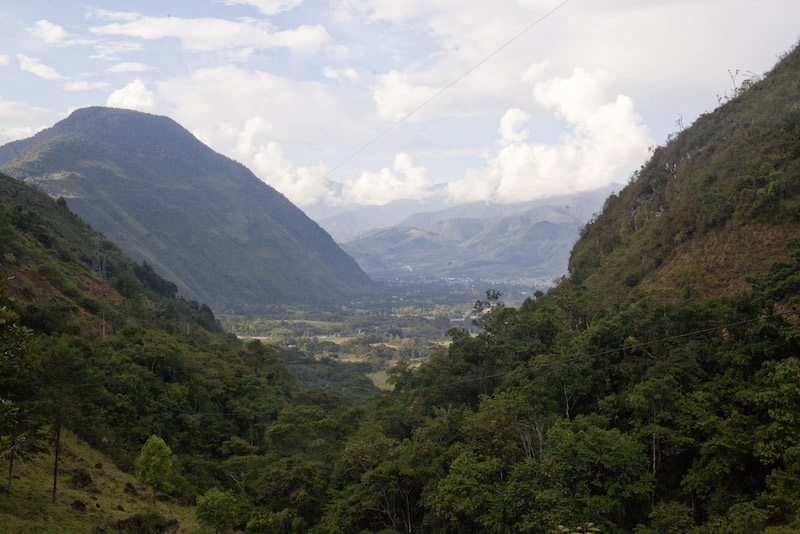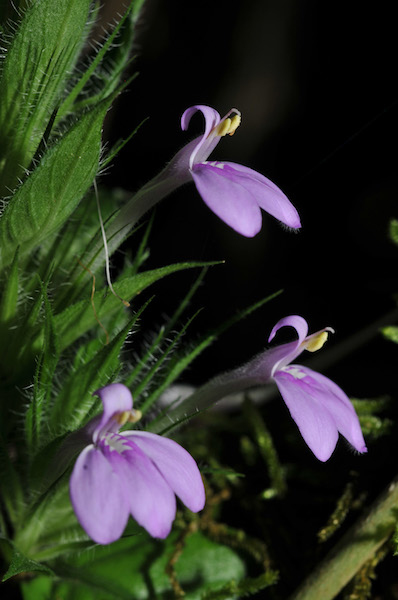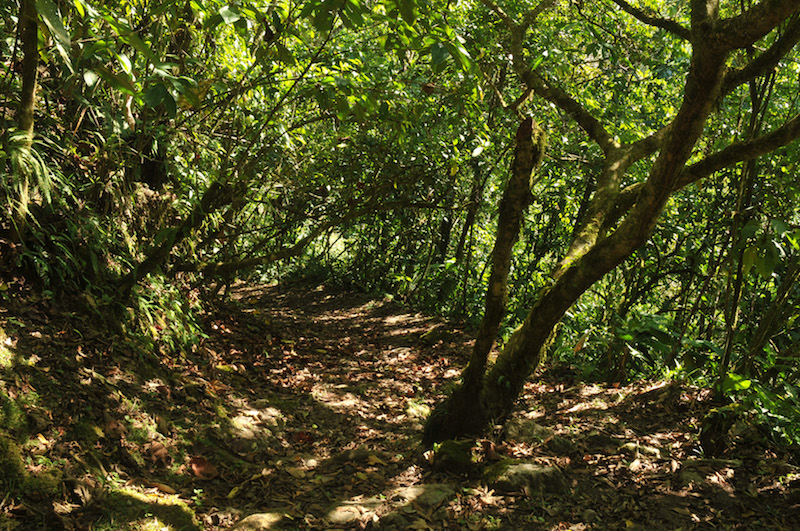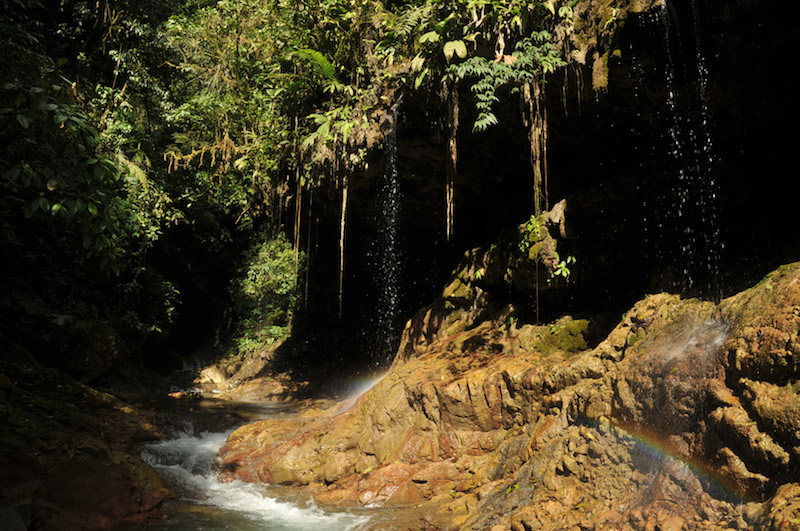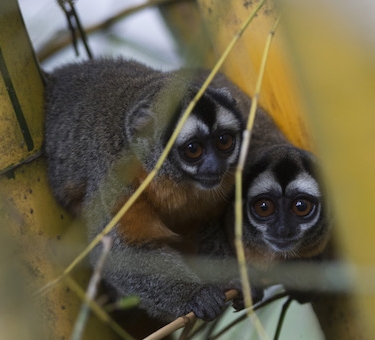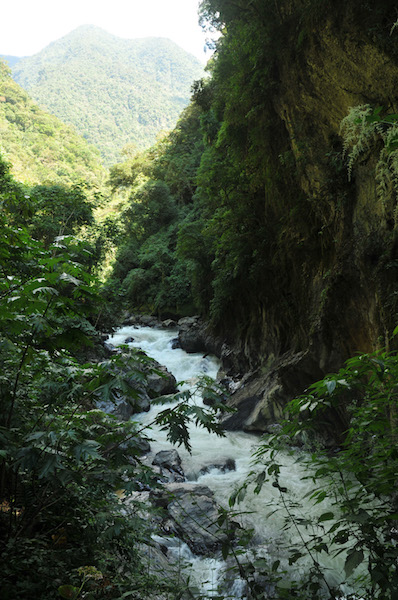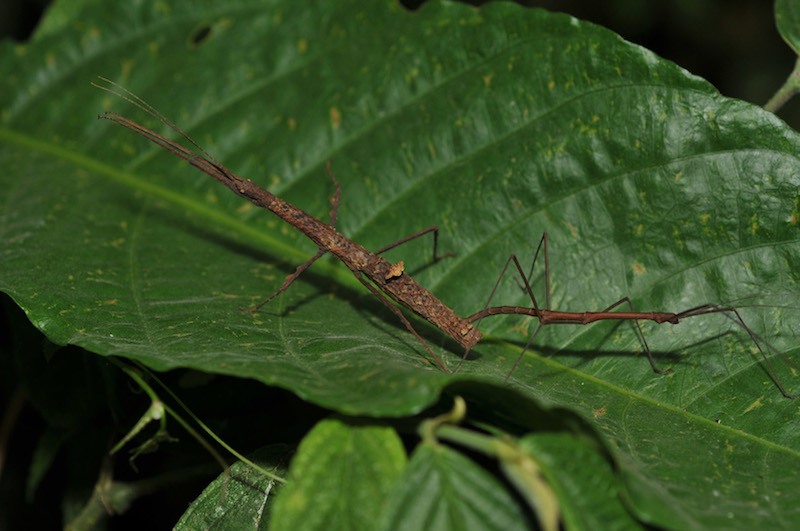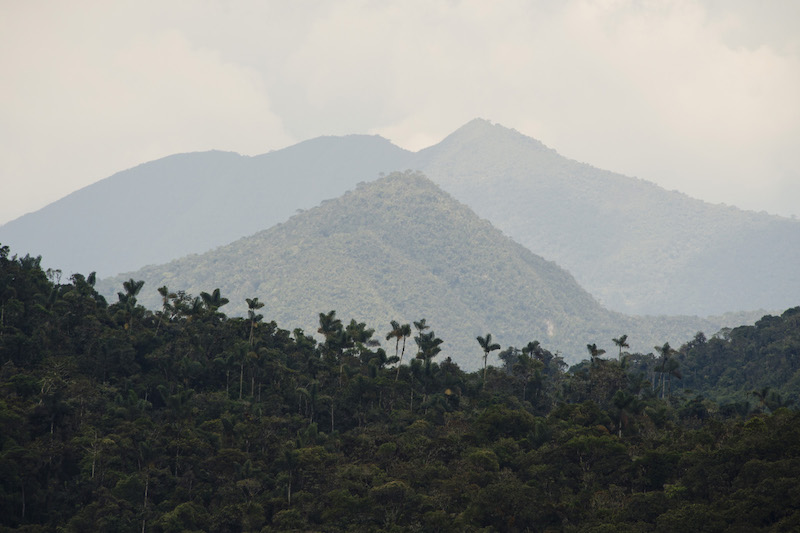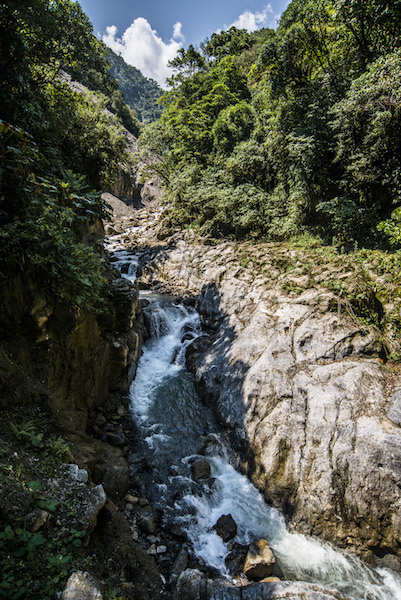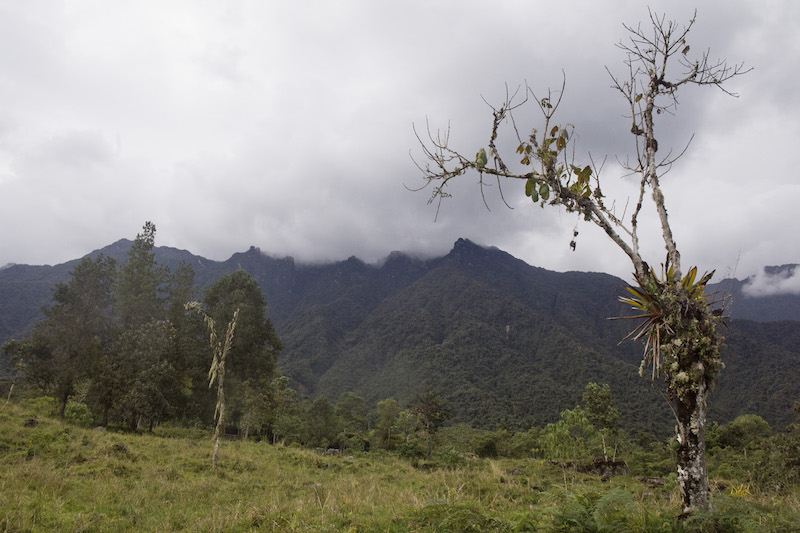In 1986, Yanachaga-Chemillen National Park was declared a protected area in Peruvian law.
It covers 110,658 hectares in the province of Oxapampa, Pasco; and is considered a natural and anthropological highlight of Peru’s Central Jungle.
Like the Rio Abiseo National Park further north, it covers a hugely bio-diverse area on the eastern side of the Andes stretching down to the Amazon Basin.
It aims to protect the upper watersheds of the Palcazu, Huancabamba and Pozuzo rivers, all of which eventually flow into the Amazon River.
Flora & Fauna of Yanachaga-Chemillen:
Much of Yanachaga-Chemillen is considered cloud forest and protects a huge number of species of flora and fauna, many of which are endangered and some of which are endemic.
Nearly 5,000 species of plants have been recorded, which represents 25% of the total plant species in Peru! Amongst these, there are approximately 1,400 species of tree and 600 species of orchid.
Among the iconic mammal species to be found in the park are:
Jaguar (Panthera onca)
Puma (Puma concolor)
Jaguarundi (Puma yagouaroundi)
Ocelot (Leopardus pardalis)
Spectacled Bear (Tremarctos ornatus)
Northern Pudu (Pudu mephistophiles - a kind of small deer)
White-tailed Deer (Odocoileus virginianus)
Andean Fox (Lycalopex culpaeus)
Capybara (Hydrochoerus hydrochaeris)
Brown Woolly Monkey (Lagothrix lagotricha)
Lowland Paca (Cuniculus paca)
Molina’s Hog-Nosed Skunk (Conepatus chinga).
Andean Cock-of-the-Rock in Yanachaga-Chemillen.
Of some 550 species of bird found in the Park, here are some of the most striking:
Harpy Eagle (Harpia harpyja)
Cock-of-the-rock (Rupicola peruviana)
Blue-crowned Motmot (Momotus momota)
Quetzal (Pharomachrus sp.)
Toucan (Ramphastos ambiguus)
Hoatzin (Opisthocomus hoazín)
Amazonian Umbrellabird (Ephalopterus ornatus)
Blue-grey Tanager (Thraupis episcopus)
Indigenous Culture of Yanachaga-Chemillen:
As well as being of huge natural importance, the park is home to a number of indigenous peoples, including the Ashaninka and Yanesha (also known as Amuesha), who have traditionally inhabited the area.
For this reason, Yanachaga-Chemillen was designated as the focal area of the Oxapampa - Asháninka - Yanesha Biosphere Reserve by UNESCO in June 2010.
In fact, the name itself is symptomatic of the cultural diversity: the word yanachaga means ‘black’ in Quechua; while chemillen means ‘burnt’ in Yanesha.
How to visit Yanachaga-Chemillen:
The easiest access point is from the town of Oxapampa.
Oxapampa does not currently have a commercial airport: the nearest airport is in Huanuco, which while only 117 km (73 miles) away as the crow flies, still takes some five hours to get to by car.
To drive from Lima takes at least 10 hours, along the Central Highway.


